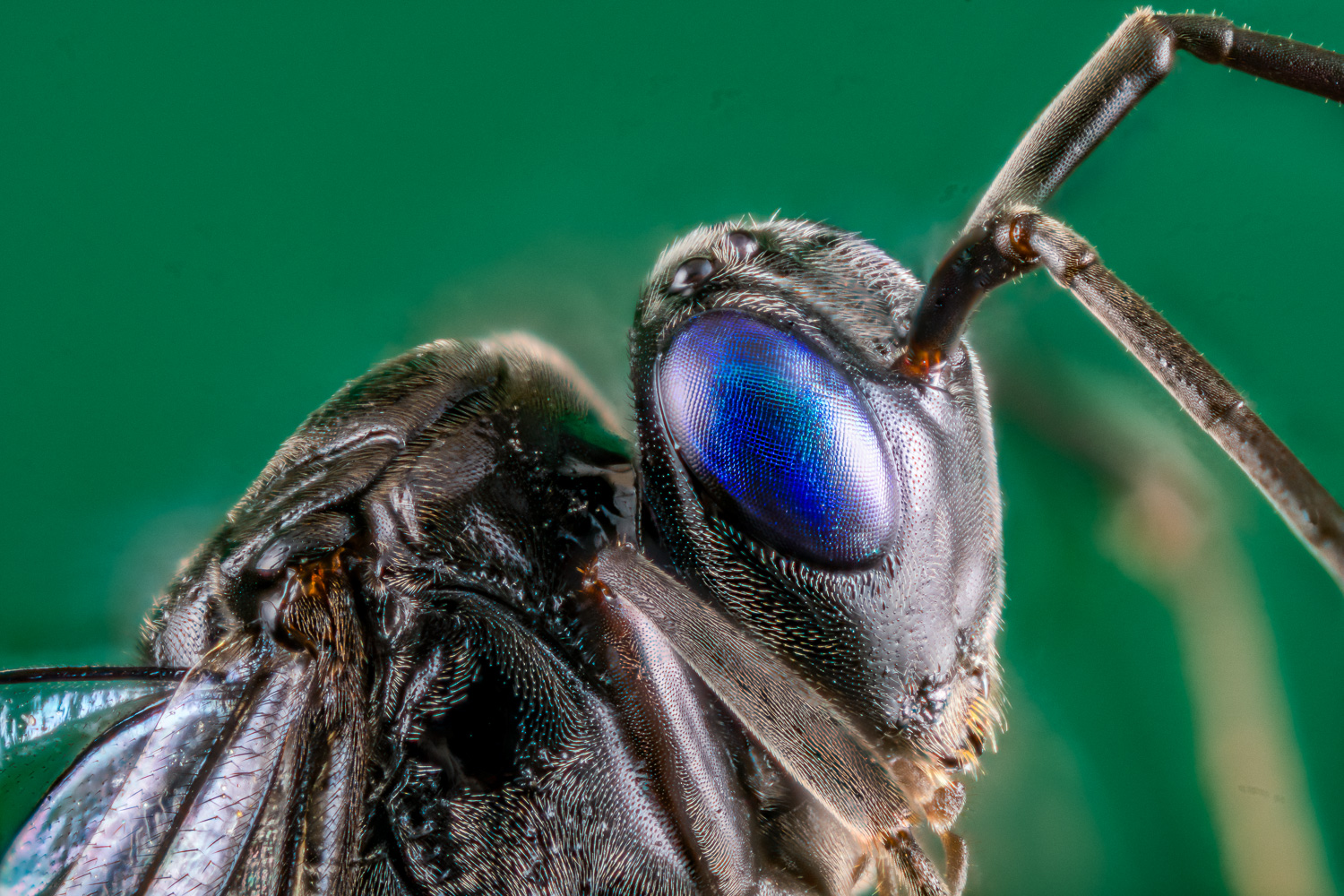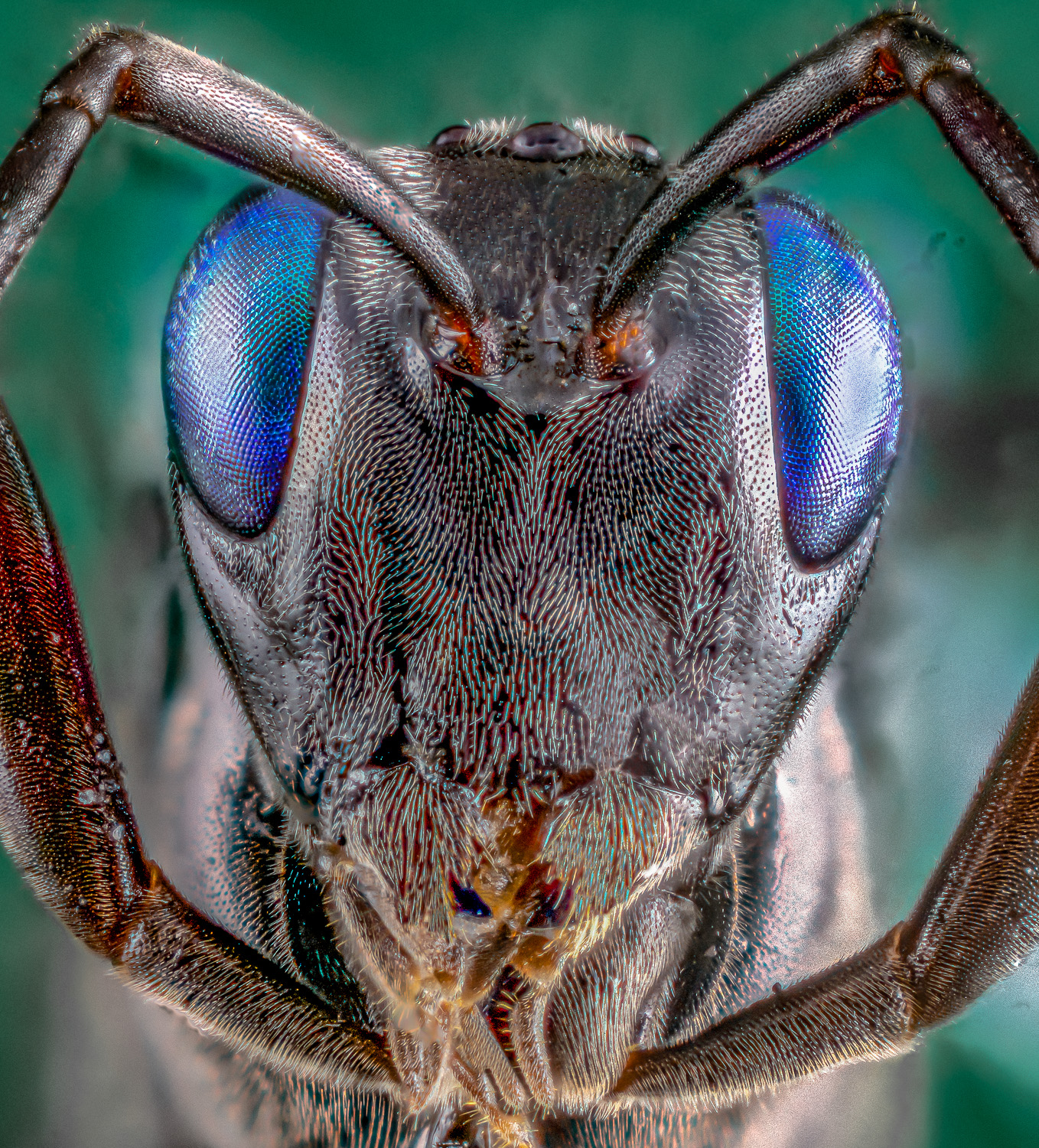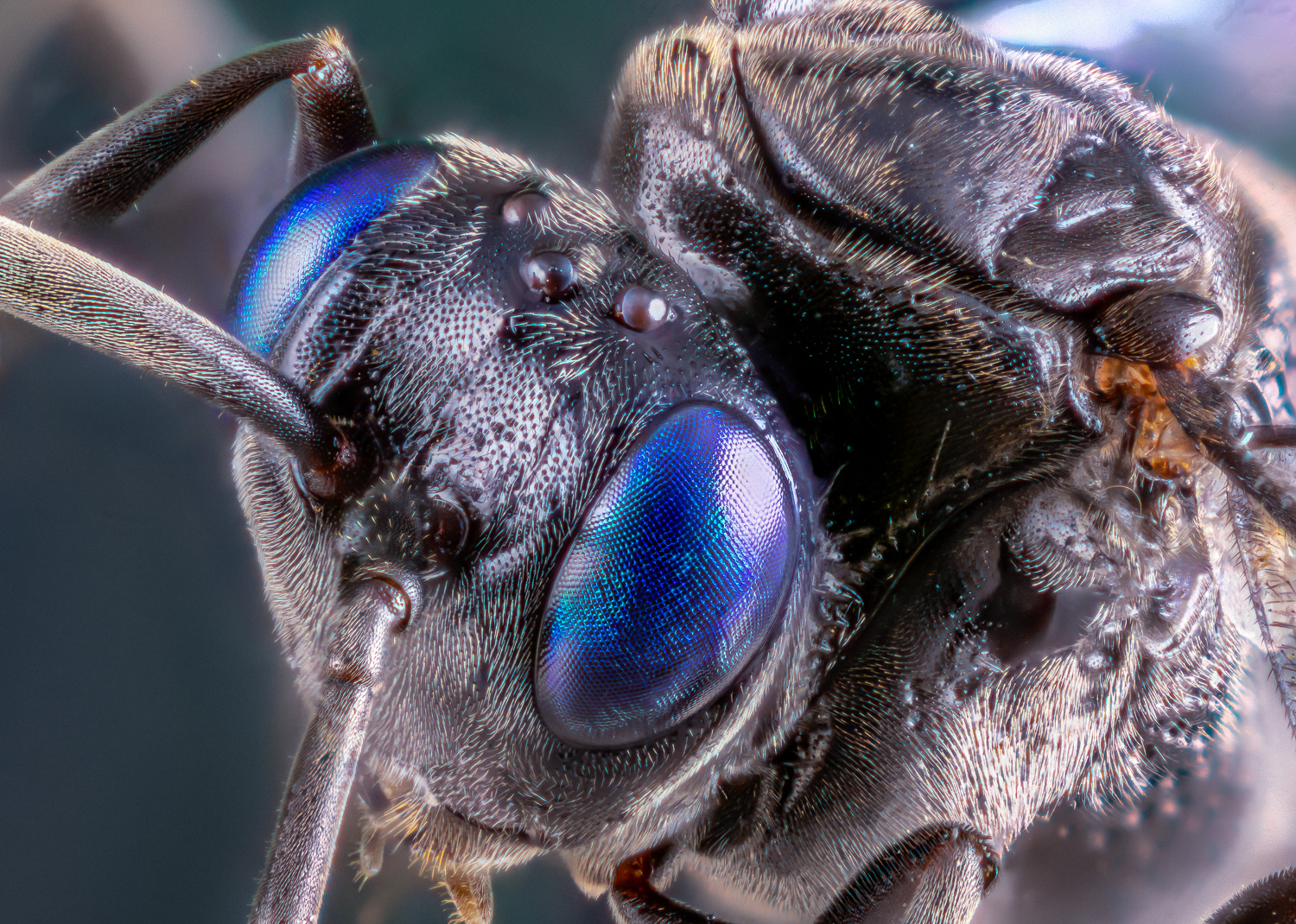Amazing Insects - the cockroach killing wasp
/As you know, I love insects. They are endlessly fascinating, staggeringly diverse, and the most photogenic of creatures (after supermodels). In this post, the first in a new “Amazing Insects” series, I will introduce you to a tiny wasp that lives to kill that most revolting of all household pests, the cockroach. Meet Evania appendigaster, the blue-eyed ensign wasp.
Today’s amazing insect - Evania appendigaster
Yesterday evening, I found an unfamiliar insect, dead on the windowsill in my office. It looked like it might be a wasp, but it was so tiny, I couldn’t be certain. Even with a magnifying glass I had a hard time seeing it clearly enough to tell.
Whatever it was, it was going to get photographed. Breaking out my insect mounting equipment, I soon discovered that it was not big enough to pin without risk of damaging its delicate looking parts.
Lunch!
I ended up dipping the tip of my smallest insect pin in a tube of superglue and then touching the pin to the insect’s thorax. This worked well and, after mounting the pin/insect on my specimen platform, I took a series of handheld photographs with my Tamron 90mm, f/2.8 macro lens mounted on the Nikon D850. I used a table-top flash diffuser tent and a couple of studio strobes, synchronized by a radio trigger, to give full control of the lighting. With the handheld, low magnification pictures completed, I set up for high magnification using an EL Nikkor 50mm f/2.8 flat field enlarger lens, mounted in reverse, on a fully extended set of bellows. The camera I prefer for higher magnification work is a cropped frame Nikon D7500. Here are the images of, what turned out to be, an adult Evania appendigaster (also known by the catchy names, cockroach egg parasitoid wasp, and blue-eyed ensign wasp).
Click on any of the images above to see a full-sized version of the shot.
Two readily apparent characteristics of this stunning insect are its electric-blue compound eyes and the unusual arrangement of its tiny, flattened and triangular abdomen extending from the top of the thorax by way of a minute petiole. Here is a closeup image of the abdomen and stalk:
The tubular structure emerging from the back of the abdomen is the egg laying mechanism, or ovipositor.
The way in which the Evania wasp kills cockroaches is quite nasty, to put it mildly. The female wasp finds a cockroach egg (I will never get the thought of a cockroach-egg-omelette out of my head) and attaches herself to it with all six legs. She then spends as long as half an hour wriggling and straining to force her ovipositor (shown in the above photograph) through the leathery egg casing. She does this while laying on her side, a feat that is only possible because of flattened abdomen. Once she has deposited a single egg into the egg case of the cockroach, she releases the cockroach egg and rests for a short while before flying off to find another roach egg to have her way with.
In time, the wasp’s egg hatches and junior immediately starts to eat the developing cockroach larva, still in the egg casing. Imagine the look of abject horror on the face of momma cockroach at the moment of hatching when, instead of the bouncing bundle of cucaracha joy she has been expecting, out pops old blue-eyes. Happy thoughts!
Here, in all her high-resolution glory, is the cockroach-killing hero of this story. Evania appedigaster, my new favorite wasp:



In conclusion, allow me to offer a word of advice - if you happen to see a tiny black wasp-like insect, buzzing frantically around the house… relax. She means you no harm. She neither bites nor stings and wants only to track down all the cockroach eggs in your house, and kill every last one of them.
If, by any chance, you are a cockroach and are reading this on your new iPhone XS, be afraid. Be very afraid.
Thanks for dropping by! I would be very grateful for suggestions on this series. What “Amazing Insects” would you like to see, in all their weird splendor? Leave your suggestions in the comment area below and I will get right on it!
Many thanks to Wikipedia for the helpful information!









